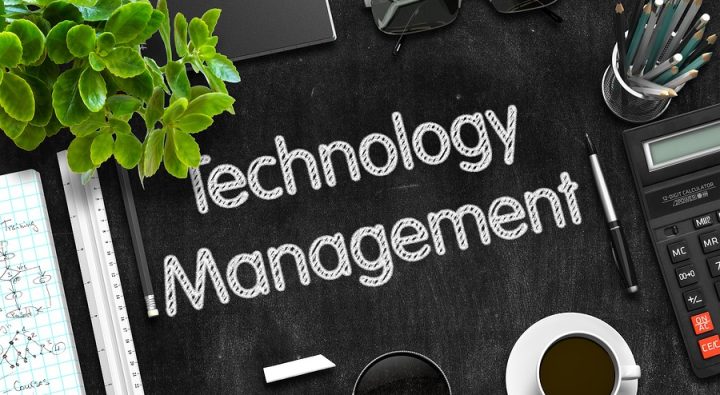These days, the rate of technological change can be dizzying. Keeping up with the latest trends can be a challenge for anyone, but some of these disruptive technologies will present new opportunities for business in the near future. Which technology trends matter most to your business? And how can you capitalize on them? Read on.
Cloud
Worldwide, fifty percent of business decision makers say that the cloud lets them be more agile in their business operations.1 This is because the cloud offers them the ability to scale their computing resources up or down to meet business demands. Small and medium sized businesses, in particular, should look to the cloud as a way to reduce or eliminate large upfront investments while taking advantage of the latest software and platforms. Because of the subscription pricing models common to cloud solutions, cutting-edge software is no longer limited to the enterprise. Any size business can access the latest innovation.
Mobile
Every minute, over 200 new users gain access to mobile internet.2 In fact, McKinsey projects that 80% of connections will be mobile by 2025.3 And those connections will be fast (5G is expected to arrive in 2020 with speeds up to 66x faster than 4G).4 This will create new ways of reaching customers with rich media at the moment they are ready to buy—in store or online. Businesses need to develop a mobile strategy that will help them capture and engage with customers who expect to access information when and where they want it. With the right mobile strategy and development platform, your brand can deliver the mobile experience that customers want.
Big Data
Customers want to access information on their terms and consume rich content across all their devices. Brands that personalize relevant content can create more value and less noise, so it’s no surprise that companies identified as data-driven report 23x greater customer acquisition. As we enter what Forrester has dubbed “The Age of the Customer,” businesses that turn customer data into actionable insights will build the relationships that lead to greater acquisition, engagement, and loyalty.
Internet of things
According to McKinsey, the number of internet enabled devices could grow from nine billion to as many as one trillion in the next decade.3 Internet of Things (IoT) technology connects equipment, devices, and tools of all kinds to the internet (or intranet), often through a mobile connection. Manufacturers, for example, can use RFID to track inventory or monitor equipment in real-time. As a result, IoT applications and devices will increase manufacturing efficiency by up to 5%.3 For retailers, in-store IoT devices combined with mobile apps can push information and adaptive content to customers as they interact with displays, increasing engagement and connecting physical and online storefronts. As exciting as it is to think about the possibilities for IoT, businesses need to understand that they will only unlock this potential if they embrace a mobile-first, data-driven approach.
All four of these technology trends (Cloud, Mobile, Big Data, and IoT) present great potential for your business. To accelerate your business into the future, lay the foundation today by beginning to modernize your technology infrastructure.
1Techaisle 2015 SMB Cloud Adoption Trends Study
2How Much Data is Created Every Day – Mashable.com
3McKinsey Global Institute. Disruptive Technologies: Advances that will transform life, business, and the global economy
4How 5G will push a supercharged network to your phone, home, car – CNet
used with permission from Microsoft US Small and Midsize Business Blog






